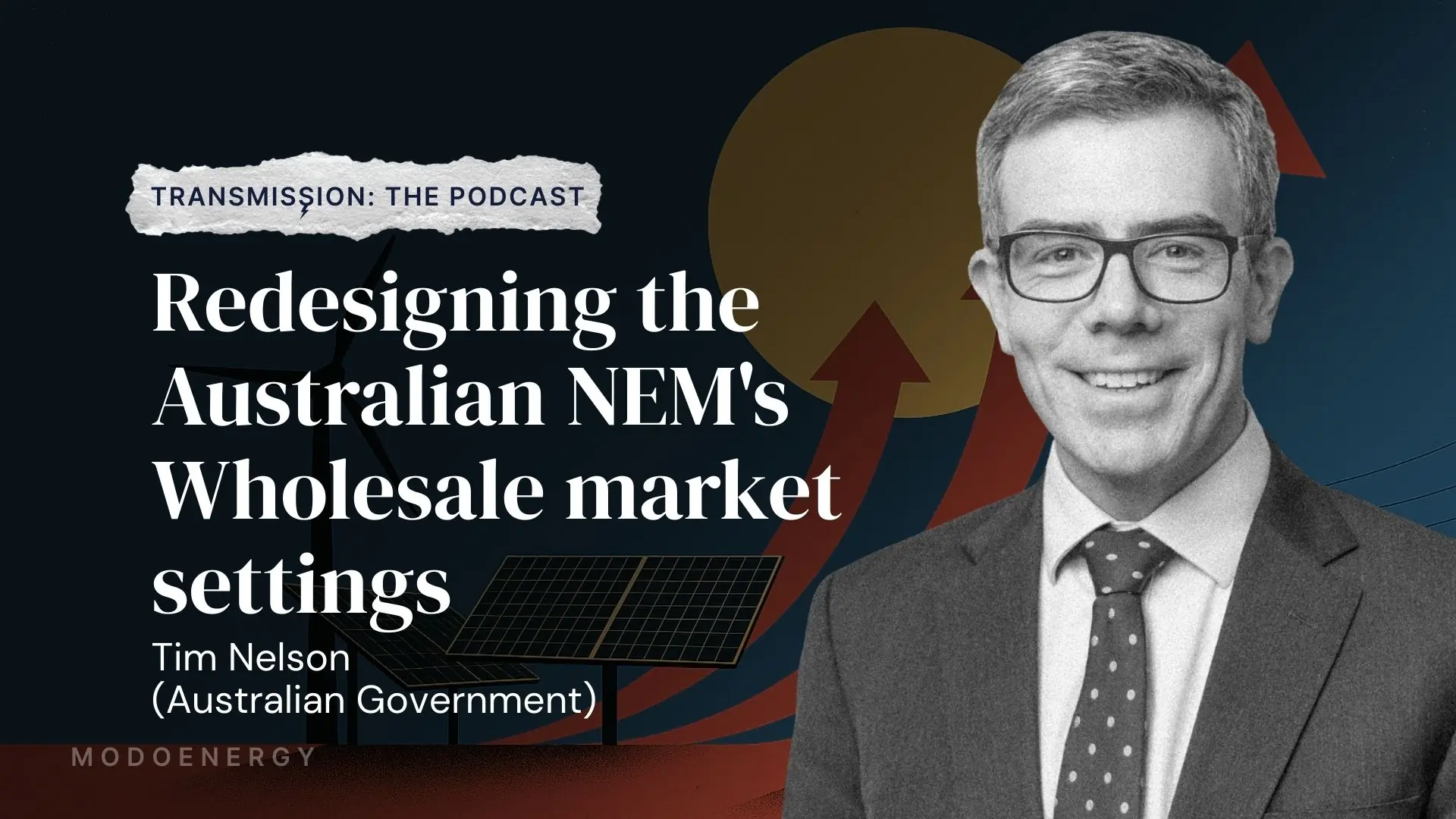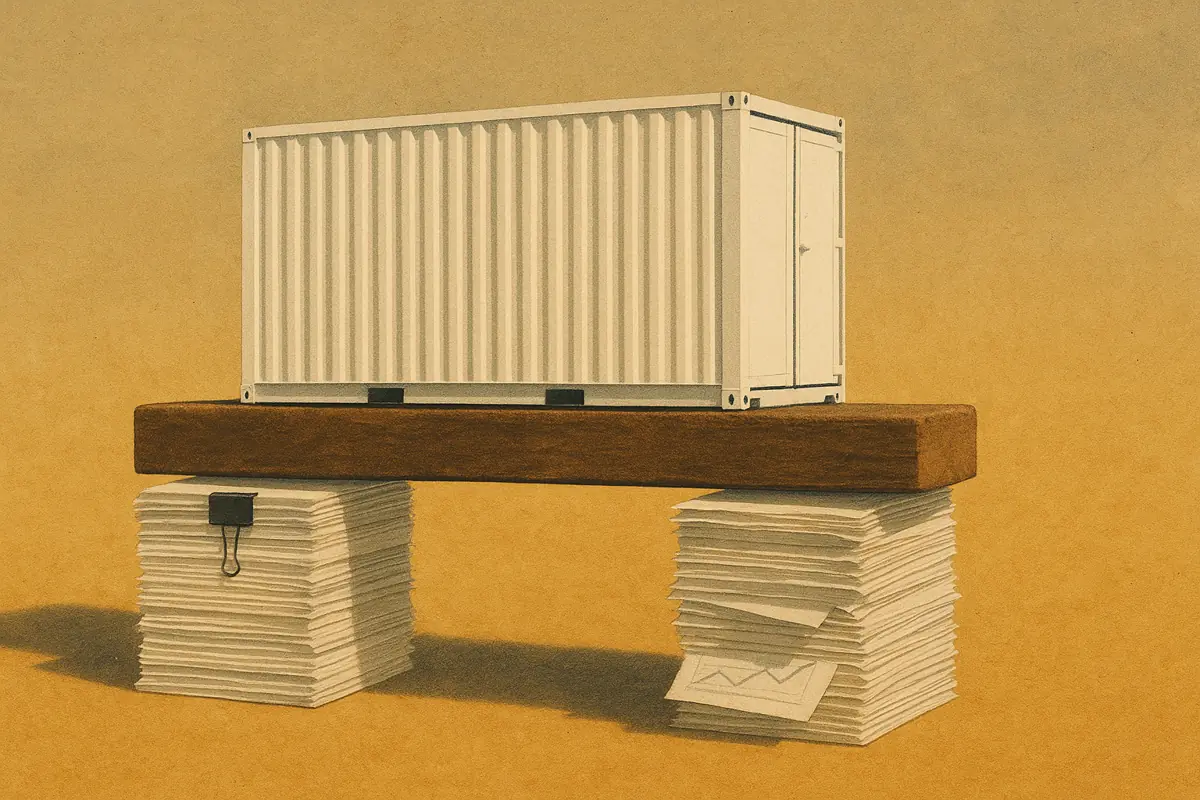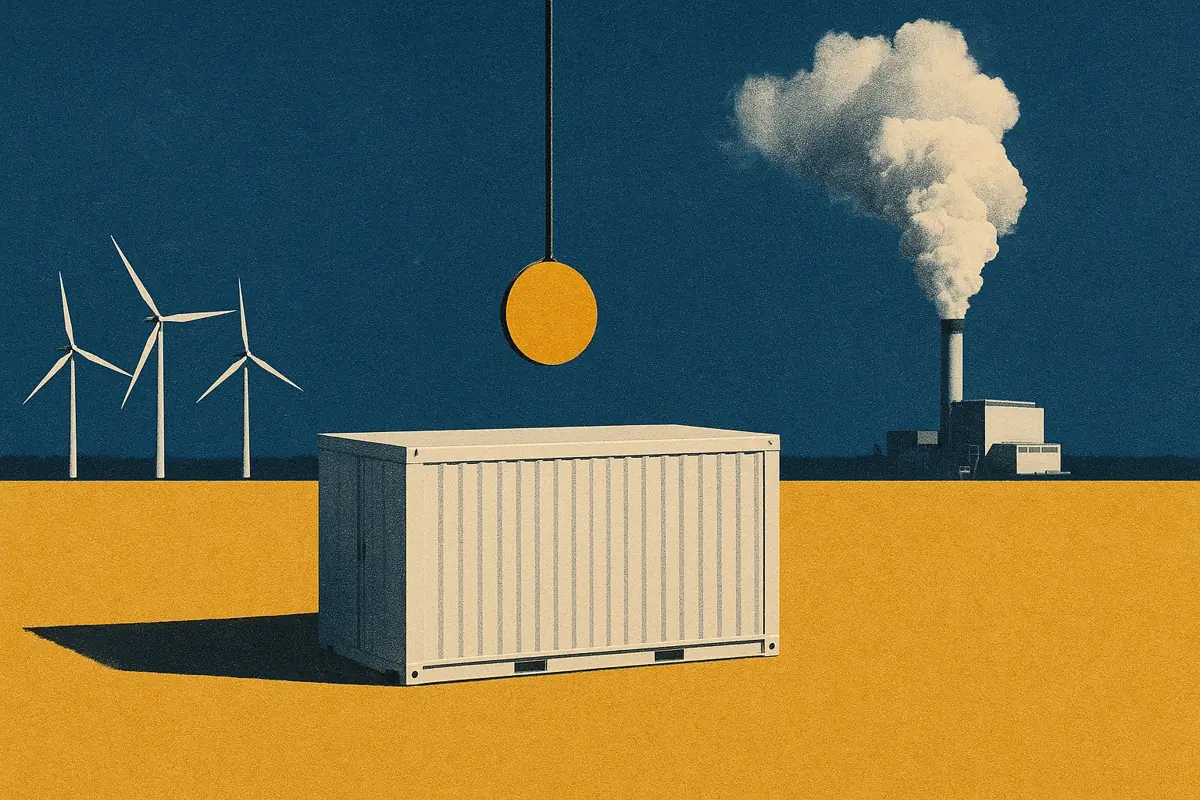Today, 65% of batteries operating in ERCOT are one hour in duration.
However, as ancillary service revenues compress and energy arbitrage becomes the dominant revenue stream, longer-duration battery revenues are starting to pull ahead - earning significantly more revenue per MW than their one-hour counterparts.
As a result, the average two-hour battery in ERCOT earns around 50% more per MW than a one-hour site today. In Modo Energy’s ERCOT Q2 2025 forecast, the gap widens further over the next decade.
So, if a two-hour battery consistently makes more money, it raises a question for existing one-hour projects: is it worth paying for the extra hour?
The answer depends on three main factors: how much more revenue the second hour earns, how much the extra capacity costs to install, and whether the return exceeds the project’s hurdle rate.
In this article, subscribers to Modo Energy's ERCOT Research will learn what today's market for revenues and BESS CapEx reveals about the investment case for augmentation.
If you have any questions regarding the content of this article, reach out to the author at alex.dediego@modoenergy.com. To learn more about subscribing to Modo Energy’s research, click here.







